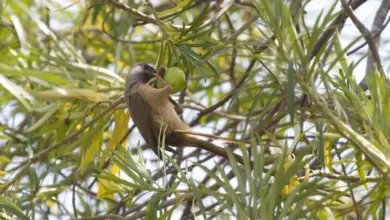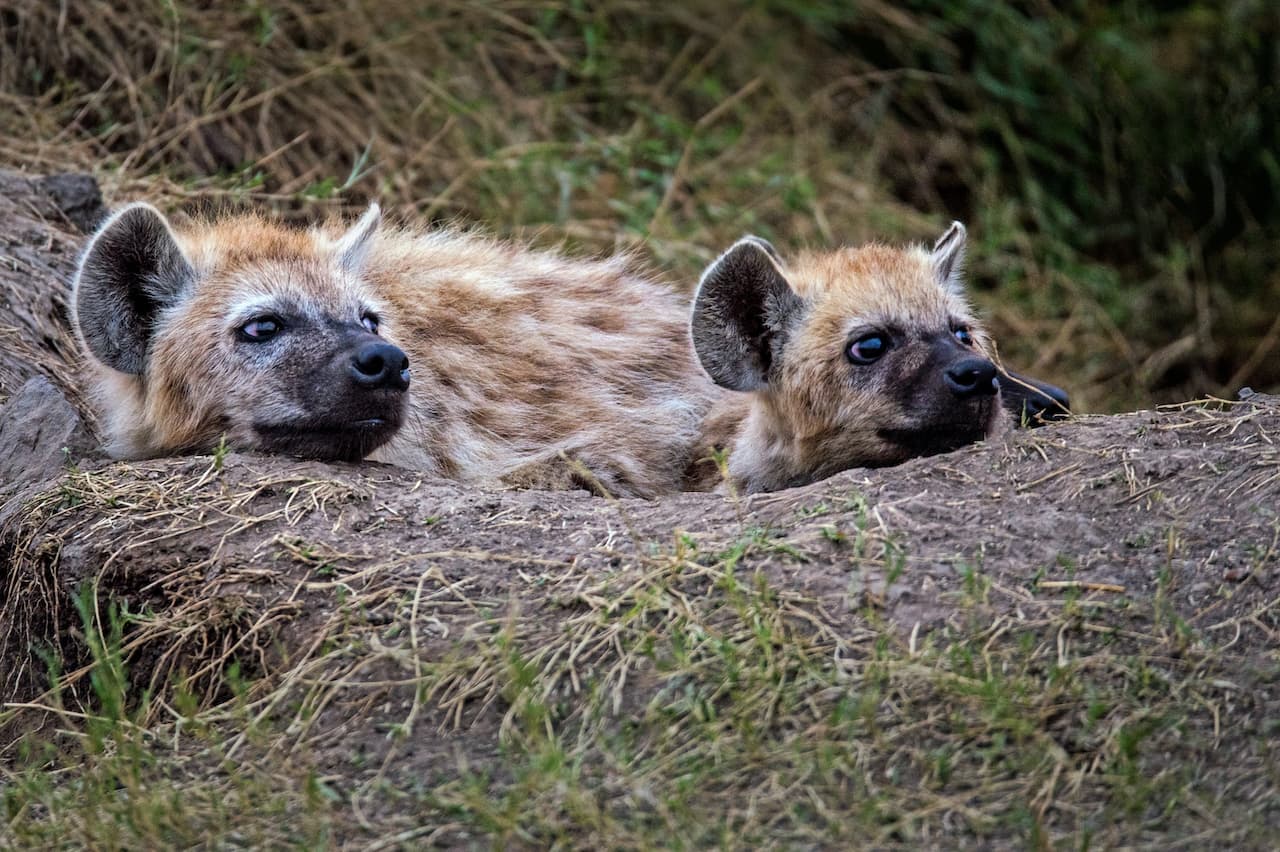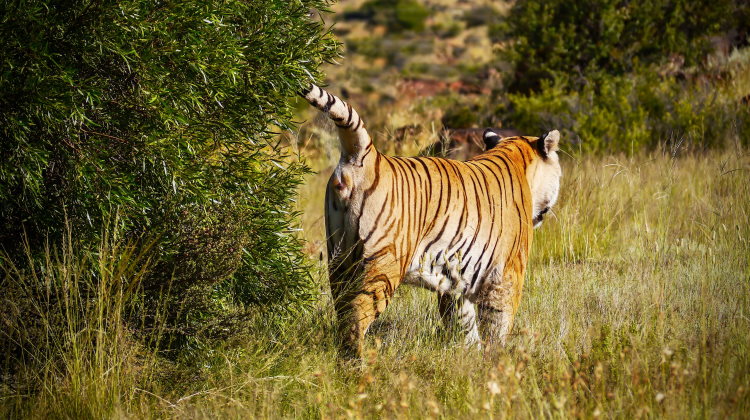Mammalian Milk & Nutritional Profile of the Milk of Various Mammals
Mammary glands, the source of milk, are unique to mammals…
As is milk itself, though pigeons produce something similar in their crops for their young.
Mammary glands are what give our class of animals their name. We are the mammals, or the mammary gland possessing animals.
Mammary glands are modified sweat glands and are not the same as the mamillae (nipples or teats) through which most young mammals obtain the milk secreted by the mammary glands.
Though all mammals have mammary glands and produce milk, not all mammals have teats. The exceptions are the two monotremes: the Echidna and the Platypus.
In monotremes, the milk is secreted onto the surface of the skin like sweat and licked off the body hairs by the young.
In later mammals, the mammary glands became more complicated with the possession of special ducts that channel the milk into the teats. The number of teats varies from 2 in Primates and the Marsupial mole, to 19 in the Pale Bellied Oppossum.
Milk contains proteins, fats, carbohydrates, minerals, and water. The proportion of the various constituents is highly variable between different species of mammals.
Nutritional Profile of Milk of Various Mammals in ml/mg per litre
| Animal | Water | Fat | Protein | Sugar | Ash | K2O | NaO2 | CaO | Mg | P2O5 |
|---|---|---|---|---|---|---|---|---|---|---|
| Human | 870 | 40 | 15 | 70 | ? | 1.2 | 0.65 | 1.04 | 0.12 | 1.4 |
| Horse | 900 | 22 | 20 | 60 | 3.6 | 1.05 | 0.14 | 1.24 | 0.13 | 1.31 |
| Cow | 880 | 34 | 33 | 44 | 7 | 1.4 | 0.8 | 1.65 | 0.21 | 1.45 |
| Goat | 862 | 48 | 48 | 46 | 8.5 | 1.3 | 0.6 | 2 | 0.16 | 2.91 |
| Pig | 840 | 50 | 37 | 50 | 6.3 | 0.99 | 0.74 | 2.4 | 0.14 | 3 |
| Dog | 770 | 93 | 97 | 31 | 9.1 | 1.41 | 0.81 | 4.53 | 0.2 | 4.93 |
| Reindeer | 677 | 171 | 109 | 28 | 15 | 2.11 | 2.33 | 5.08 | 0.39 | 4.38 |
| Harp Seal | 437.9 | 428.2 | 119.8 | ? | 9.14 | 1.61 | 1.16 | 0.94 | 0.3 | 3.35 |
| Blue Whale | 471.7 | 381.3 | 127.9 | ? | 14.3 | ? | ? | 4.26 | ? | 6.23 |
Note: all values are approximate.
Lactogenic Hormones
Milk doesn’t just leak out whenever it wants, it generally requires a chemical and physical stimulus.
The chemical stimulus to release milk is the hormone oxytocin produced in the pituitary gland. The production of milk in the glands is stimulated by the lactogenic hormone also produced in the pituitary gland at the time of parturition (the act of giving birth).
The physical release is normally the act of suckling. Sometimes kneading of the area containing the mammary glands is also required and you will often see young mammals (cats, dogs, sheep, pigs, cattle, etc) appearing to head-butt their mothers while sucking on the nipple. Milk also contains antibacterial and antifungal agents.
The amount of protein in a mother’s milk controls how fast her young grows. While a young horse takes 60 days to double its weight after birth, a baby Harp seal doubles its weight only 5 days after birth.
What Next?
Well, I hope this has been an interesting insight into the wonders of milk!
Perhaps now you’d like to learn about the mammal orders.



